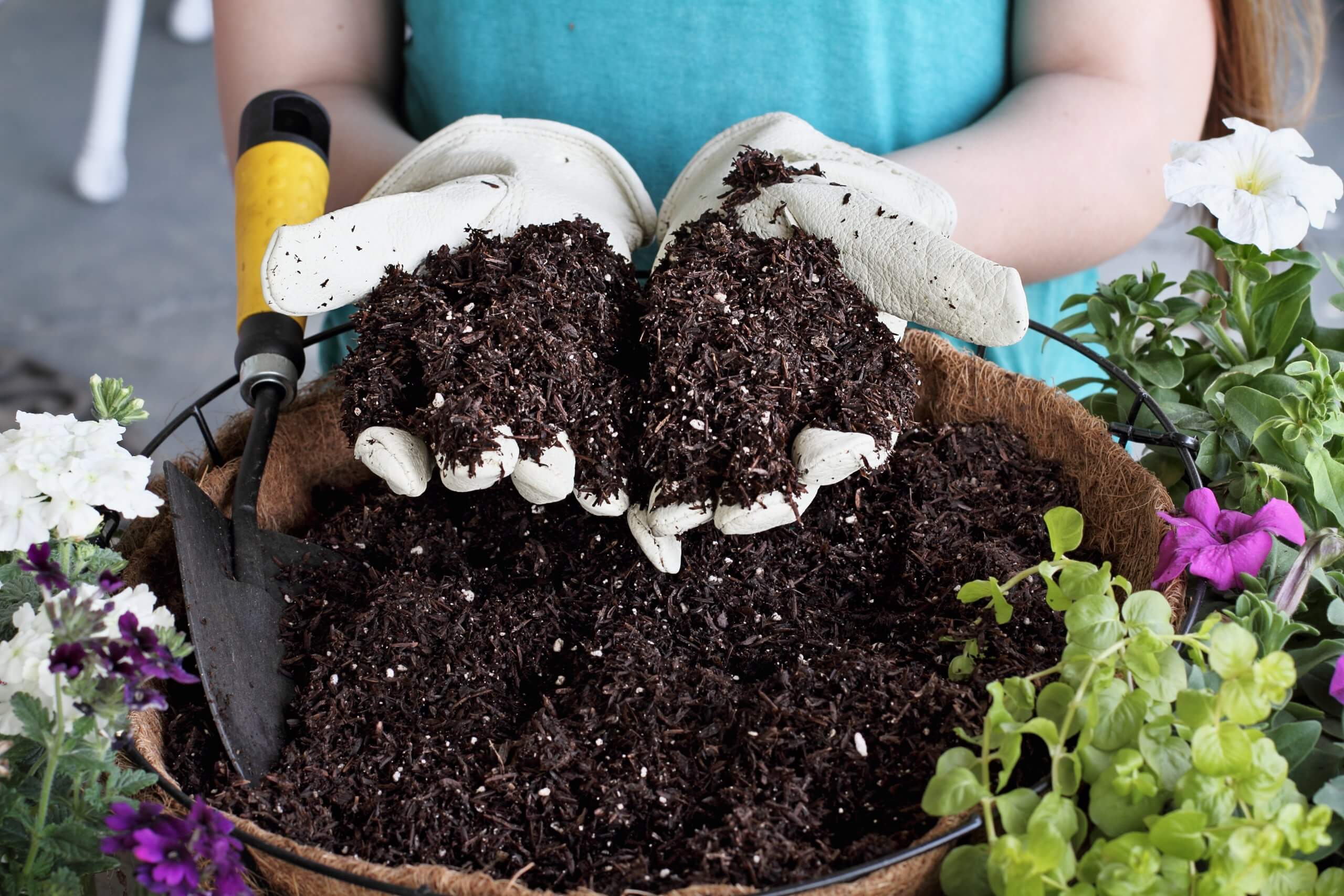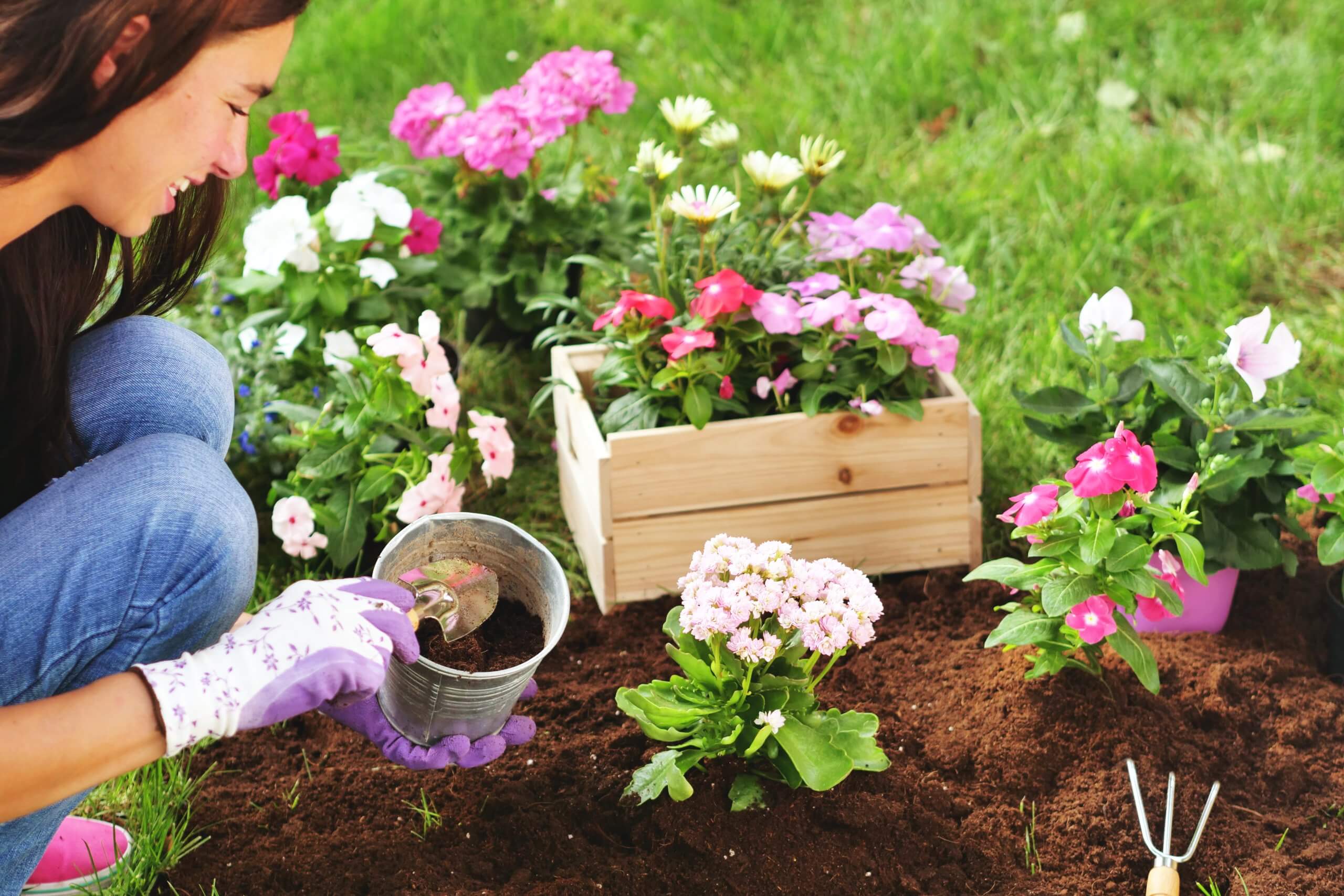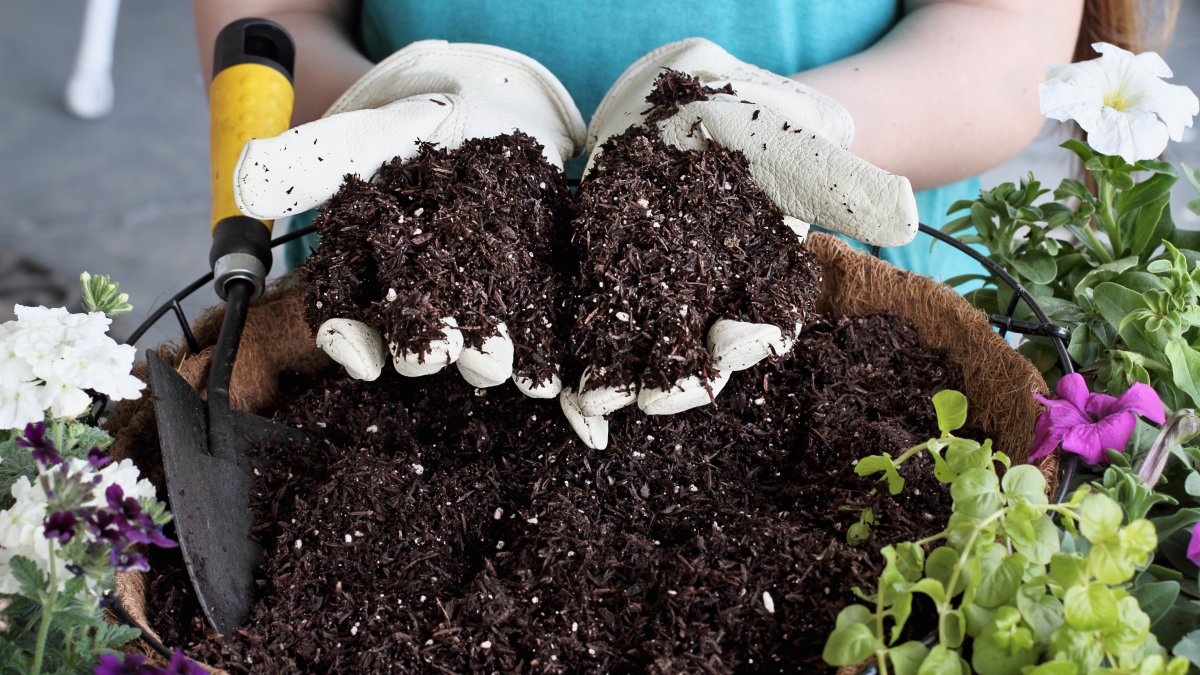
Many people marvel at a healthy bed of azaleas and compliment the gardener on having a green thumb. Yes, it could be the luck of the grower, but many experts will also tell you that the heart of a beautiful garden lies with the soil.
Long before the pandemic, the interest in urban gardening is already high. Many households found that gardening has a lot of benefits. But in the time of Covid, after the government enforced lockdowns, many more people realized that gardening was something they could do to while away the time and improve their health rather than ordering from swiggy. The impact was so evident that in 2020, there were 18.3 million new gardeners in the United States, primarily millennials.
Studies also show that gardening can build strength, manage weight, improve sleep, reduce stress, and aid one’s brain’s cognitive function. Also, planting vegetables will give you a supply of healthy products that you can feed your family.
But, as previously mentioned, the heart of a beautiful garden is the soil. You have to use suitable soil to achieve the result you want for your horticultural activities. To get the best quality soil, you can reach out to the best organic gardening supplier you could find so all your efforts may not go to waste. That said, if you want to start urban gardening, here are facts to help you how to choose the appropriate soil for your garden:
Use Soilless Potting Mix For Container Gardening
Yes, you heard that right, soilless. Not all soil is equal. You cannot use garden soil for your potted plants since they may not drain well, and your plants will most likely not thrive. In the same way, you cannot use the potting mix on your garden bed as it would be too expensive and it may not hold the plants well.
If you plan to grow your plants in containers or pots, it’s best to use a soilless blend. This mix is sterile and fungus-free, safer for your budding plants since it doesn’t carry pathogens.
The mix in the bag contains various ingredients that can ensure the material will not compress around the roots or hold too much water. This is important to note because if the pot does not drain well, the plant roots will not be able to breathe, thereby killing the plants.
Soilless potting mix is also utilized if you’re starting from seeds. When the seeds germinate, delicate small roots will sprout, and they need an optimal medium to push their way through. They won’t be able to do this successfully through dense soil.
A great soilless blend will have sphagnum peat moss, coconut coir, perlite, rice hulls, and vermiculite. They may also contain fertilizers to nourish your plants.

There are several types of potting mixes for different plants:
- Succulent and Cactus potting mix – A slightly alkaline mix containing sand for fast drainage. It also has recycled forest products and oyster shell lime to keep the alkalinity of the mixture at the right level.
- Orchid potting mix – Orchids are typically hung; because of this, they need a potting mix that contains bark to create enough airflow and for the container to drain well.
- African violet potting mix – African violets, unlike succulents, require a slightly acidic medium. Their potting mix should have dolomitic lime to ensure acidity is at 6.0 to 6.5.
Utilize Garden Soil For Your Flower Bed
Garden soil is heavier than potting soil; that’s the first obvious thing you would notice in the bag. That is because it is soil taken from the top layers of the earth, the first foot or two, to be specific.
Garden soil is mainly topsoil that’s shredded, screened, processed to have a fine consistency, and enriched with organic matter like coffee grounds and compost. Since they’re enriched with nutrients, it’s best to till them in with existing soil in your flower bed to ensure your plants grow beautifully.
Remember not to use this on your container plants because it is heavy and dense and will retain too much water that could suffocate and kill them.
Use Top Soil As Lawn Filler
There will be instances when heavy foot traffic or soil erosion due to a storm could beat down your lawn, creating bare spots or low spots. To fix this, you may add topsoil that is similar to the makeup of your existing soil.
Some gardeners add topsoil in spring before planting to prep the ground. Adding the topsoil produces great results since most of it is rich in organic matter. Adding it beforehand can allow nutrients to break down into the soil, creating a more decadent bed for your plants to thrive.
Conclusion
The success of your gardening endeavor should not be reliant on wishes of good luck and the belief that your thumb has the power to harness great results. Learning the elements of great gardening like knowing what soil to use, which plants to grow, when to water, and other factors will significantly show excellent outcomes.
Emily Hawthorne
Related posts
Stay connected
- How LoveOn Chat Is Becoming the Most Versatile AI Companion for Digital UsersThe internet keeps shifting toward hyper-personal interaction, and AI companions are at the center of this shift. What used to be simple chatbots are now evolving into emotionally aware, adaptive, and multi-functional digital partners. Among the new generation of platforms, LoveOn Chat is becoming one... The post How LoveOn Chat Is Becoming the Most Versatile […]

